
Tips and Tricks to Add Calories to Your Child’s Meal
Bridget Swinney MS, RDN, LD
- Home
- Live Well Blog
- Tips and Tricks to Add Calories to Your Child’s Meal
Bridget Swinney MS, RDN, LD

Sometimes kids grow so fast that it’s hard for them to eat enough!
This happened to Kati’s daughter Isabella, whose doctor recommended she eat more high-calorie foods. Kati asked her WIC Nutritionist for help. Here’s what she suggested to help Isabella get more calories:
- Offer regular meals and snacks.
- Encourage her to help prepare meals and snacks with you; she will be more likely to eat them if she’s involved in the process.
- Avoid high-sugar foods and sweet drinks between meals because they spoil appetites.
- Use whole milk and whole milk yogurt instead of low-fat or fat-free.
- If she’s thirsty before meals, only offer water so she doesn’t fill up on other drinks.
Easy Ways to Add Calories
Adding healthy fats to your child’s diet is the easiest way to increase calories.
- Use extra oil when cooking or add extra oil, butter, or margarine to cooked veggies, potatoes, pasta sauce, and pasta.
- Add avocado to sandwiches, dips, egg salad, or smoothies.
- Use extra mayonnaise on sandwiches, chicken, or tuna salad. Make “special sauce” by mixing it with a little ketchup to use for dipping chicken or French fries. Mix mayonnaise with pickle relish to make tartar sauce for fish sticks.
- Spread nut butter* thinly on toast, crackers, or sliced fruit. Nut butter also gives good flavor and extra calories to smoothies and oatmeal.
*CAUTION: nut butters, especially chunky varieties, can be a choking hazard for children under 4. Don’t give your child spoonfuls of peanut butter. Nut butters can be thinned with applesauce to make them easier to eat.
- Make hummus with beans or chickpeas, lemon, oil, and garlic.
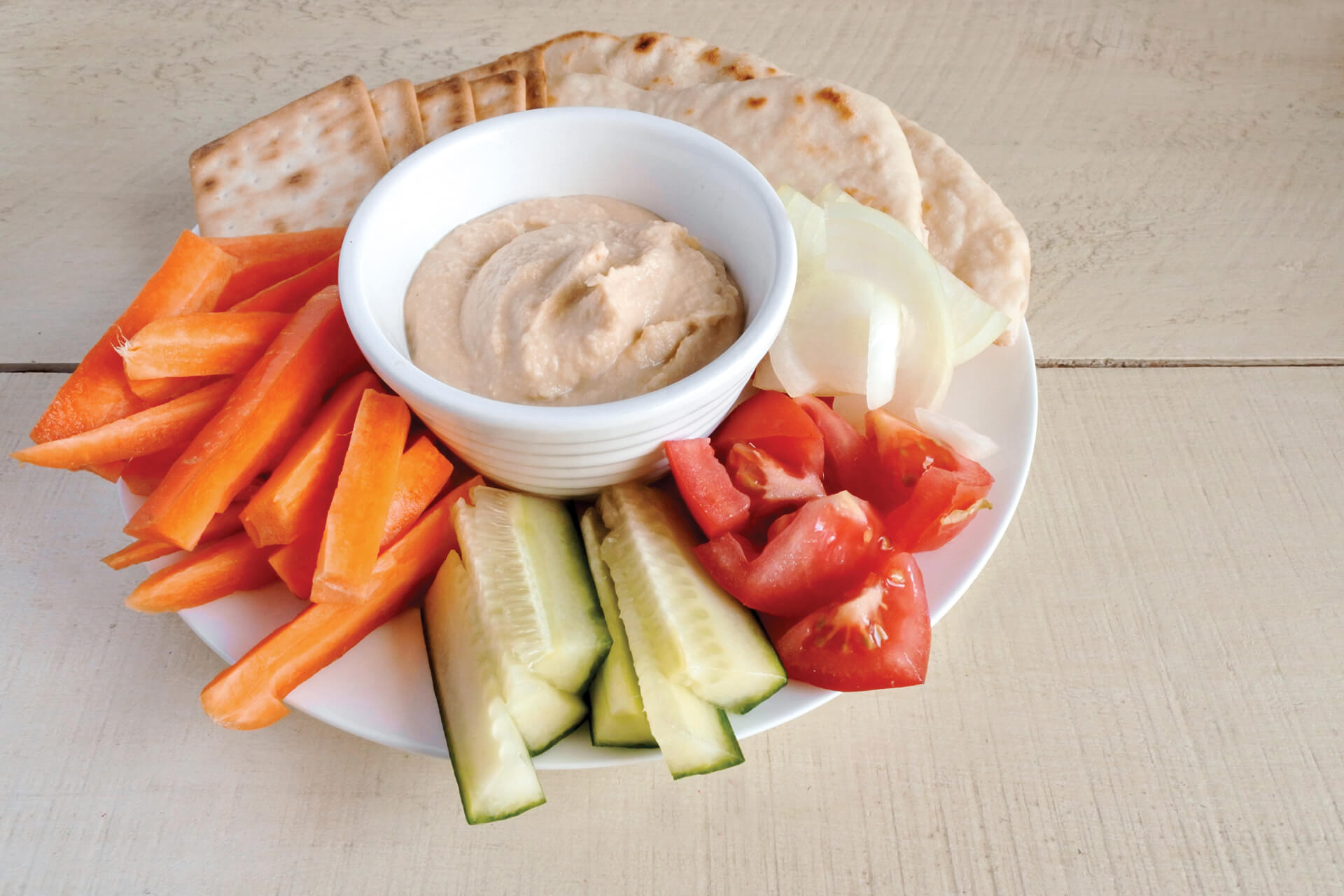

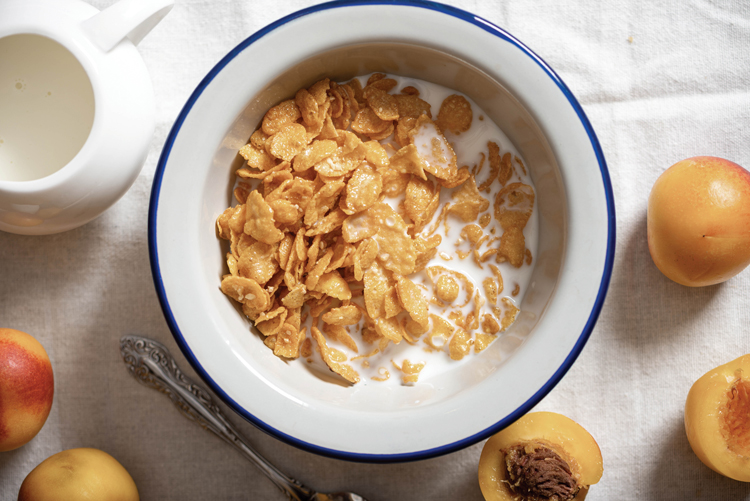
- Milk is a super-healthy WIC food that can be used in many ways. Choose whole milk only for your child who needs more calories and children aged 1-2. Limit the amount of milk your child drinks to 2 cups a day.
- Serve milk with meals or over cereal.
- Use milk to make hot cereals, puddings, macaroni and cheese, mashed potatoes, and smoothies.
- Make creamy canned or homemade blended soups.
- Yogurt is a great way to add calories and calcium, especially if your child is not much of a milk drinker.
- Blend with frozen fruit for a yummy smoothie.
- Make a parfait by adding fruit and some crunchy WIC cereal on top.
- Freeze yogurt with pieces of fruit in small cups for frozen treats.
- Make a topping for pancakes and waffles by mixing yogurt with fruit and jam.
- Make overnight oatmeal with milk, yogurt, and fruit.
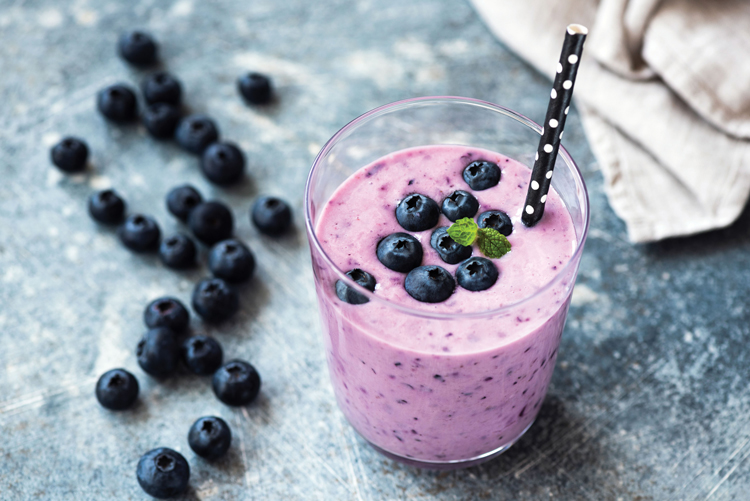
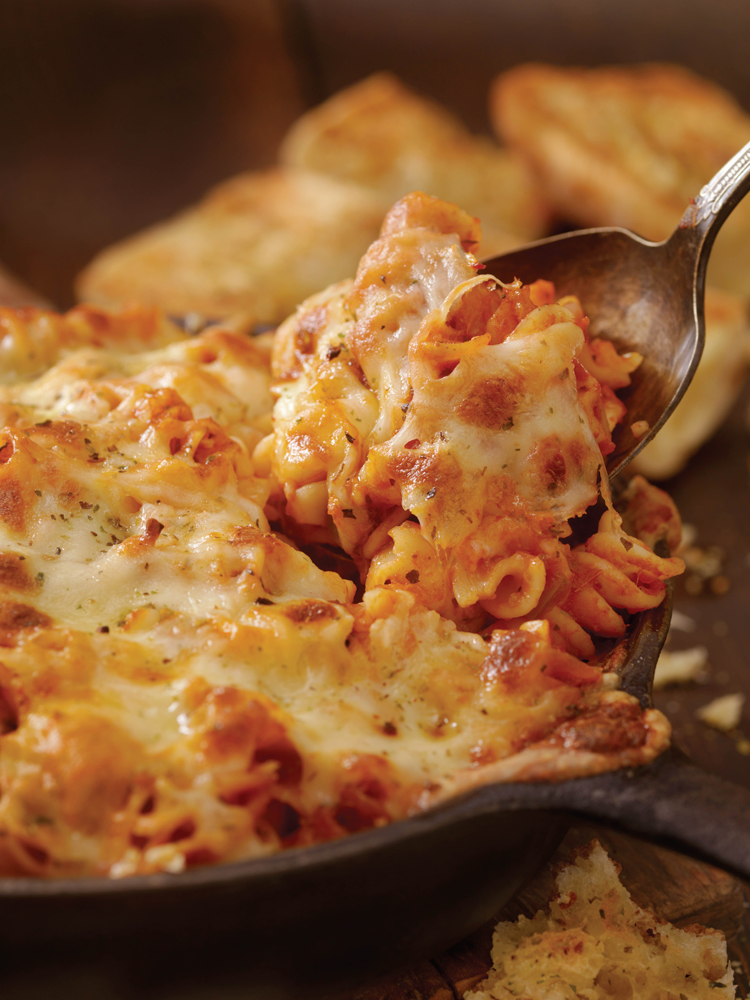
- Cheese is lactose-free and can be used in many ways!
- Slice and eat with apple or pear slices, or crackers.
- Sprinkle grated cheese on broccoli, cauliflower, potatoes, and other veggies.
- Melt extra cheese into macaroni and cheese or mashed potatoes.
- Make cheese quesadillas or grilled cheese sandwiches.
- Add cheese to any sandwich.
- Sprinkle cheese over pasta, meatloaf, chili, and casseroles.
- Make nachos with mashed beans and cheese.
- Cream and sour cream
- Cream and sour cream can be added to veggies like cooked leafy greens, potatoes, and pasta.
- A few tablespoons of heavy cream or half-and-half can be added to low-fat milk.
- Make a “loaded potato” with cheese, sour cream, and chopped ham.
- Make a dip with sour cream and Ranch dip mix or taco seasoning.
- Add sour cream to tacos, enchiladas and nachos.
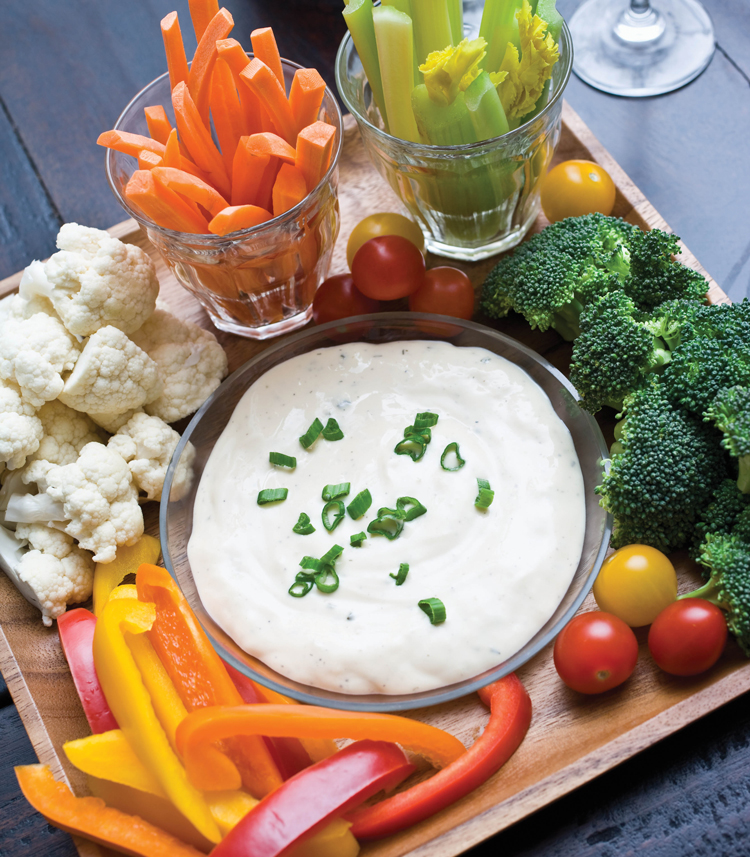
Sample Menu
Breakfast
Overnight oatmeal made with Greek yogurt and whole milk, chopped banana, and cinnamon.
½ cup Whole milk.
TIP: Make enough for several days and prepare in glass jars so it’s easy to grab-and-go.
Snack
Sliced cheese with whole-grain crackers.
½ cup juice.
Lunch
Small taco or tostada with beans and avocado
Melon wedge
Whole milk
Snack
Steamed, cooled carrots with ranch dip
Water
Dinner
Fish sticks or chicken strips with tartar sauce (mayo + relish) or special sauce (mayo + ketchup)
Pasta with extra butter
Spinach with sour cream
½ cup whole milk
Snack
Pudding made with whole milk
